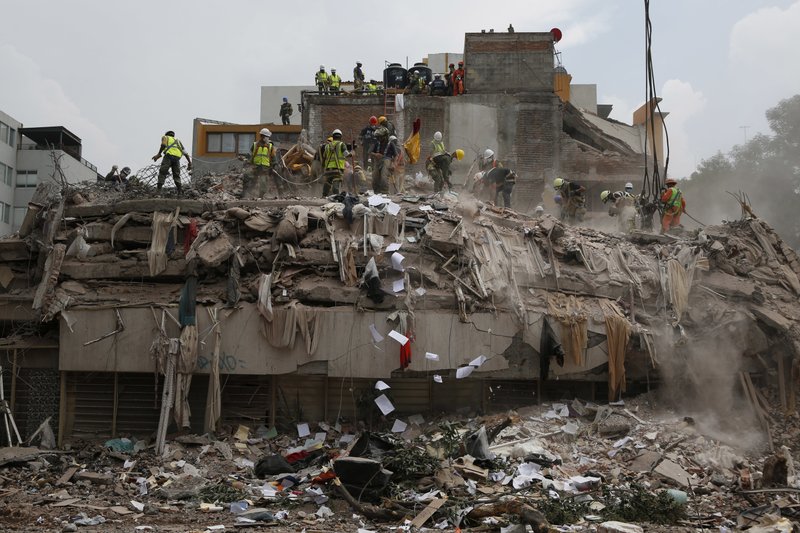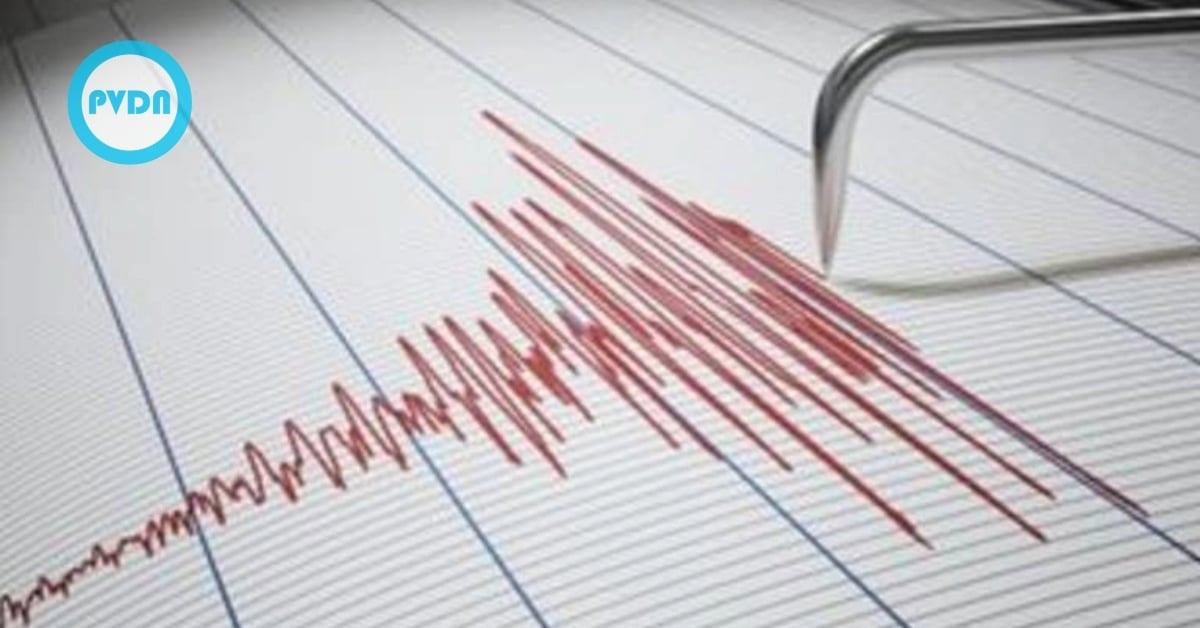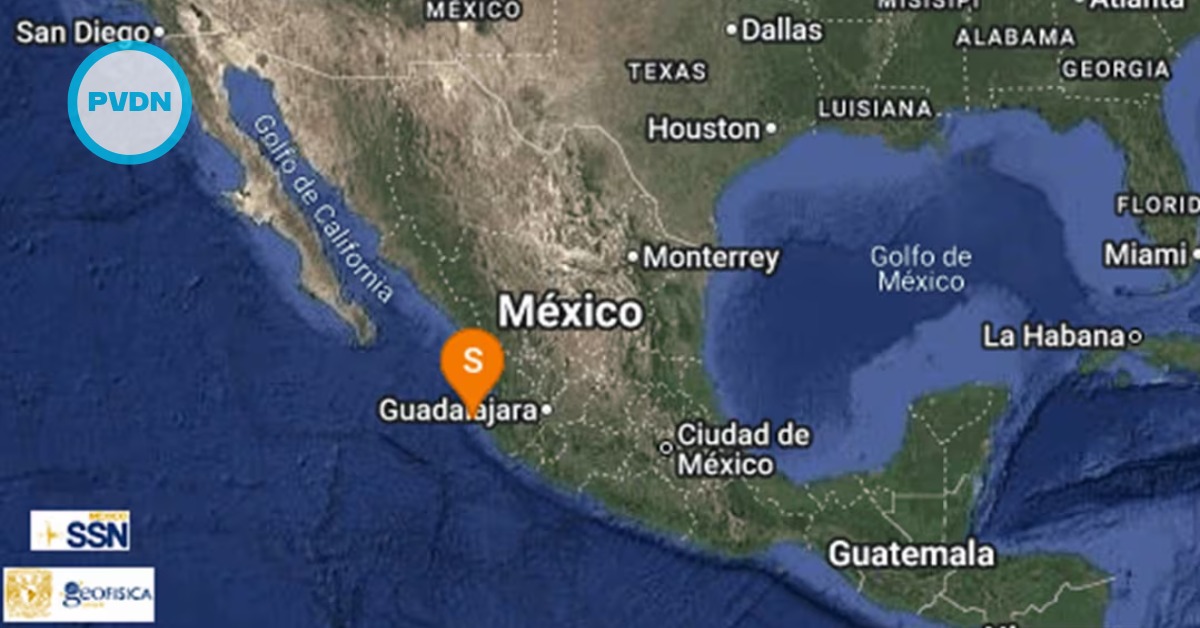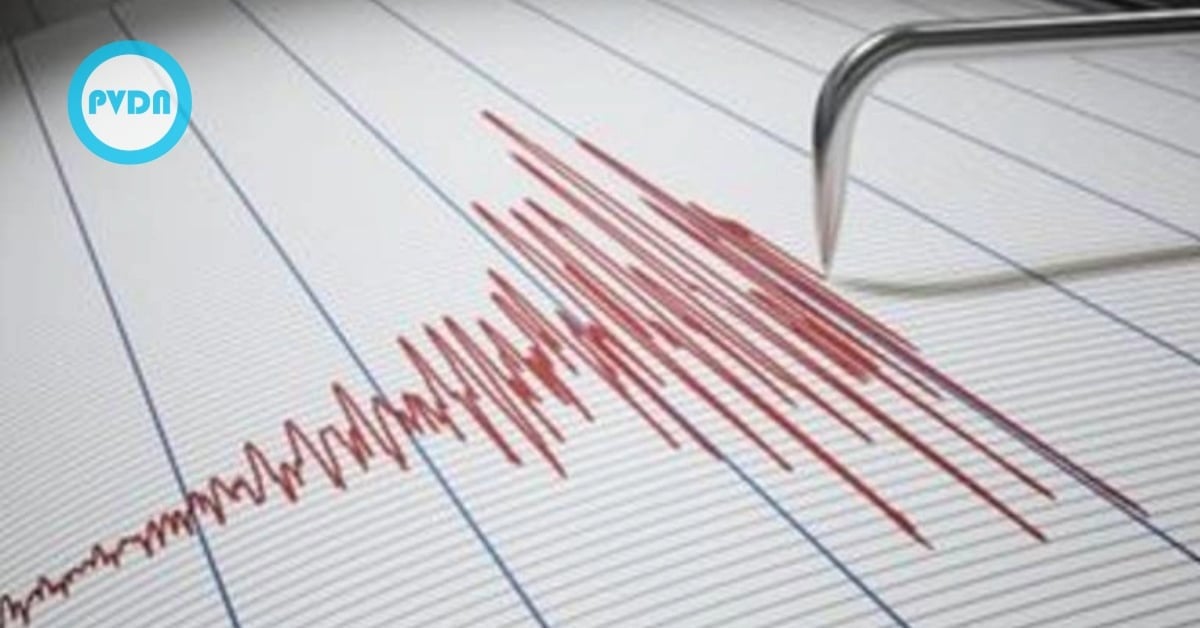Six months have passed since a magnitude 7.1 earthquake struck Mexico City, toppling 40 buildings and killing over 300, but the memory remains fresh.
Condemned structures dot many neighborhoods, their facades crumbling. And after an earthquake 225 miles away in Oaxaca state shook the capital city again on Feb. 16, 2018, the . . .





